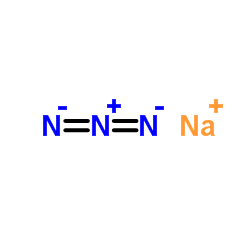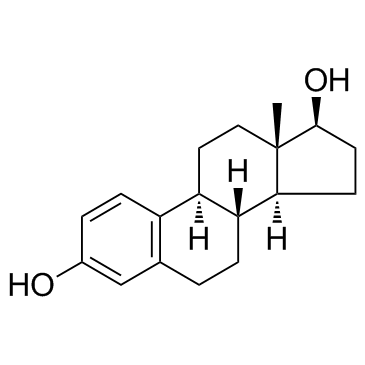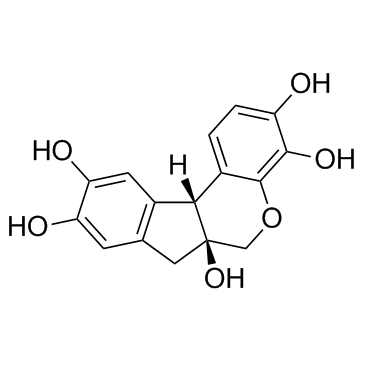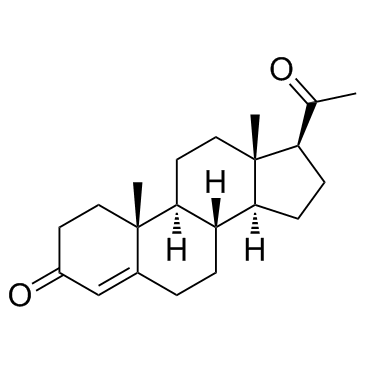| 结构式 | 名称/CAS号 | 全部文献 |
|---|---|---|
 |
叠氮化钠
CAS:26628-22-8 |
|
 |
对氨基水杨酸
CAS:65-49-6 |
|
 |
雌二醇
CAS:50-28-2 |
|
 |
苏木精
CAS:517-28-2 |
|
 |
孕酮; 黄体素; 黄体酮
CAS:57-83-0 |